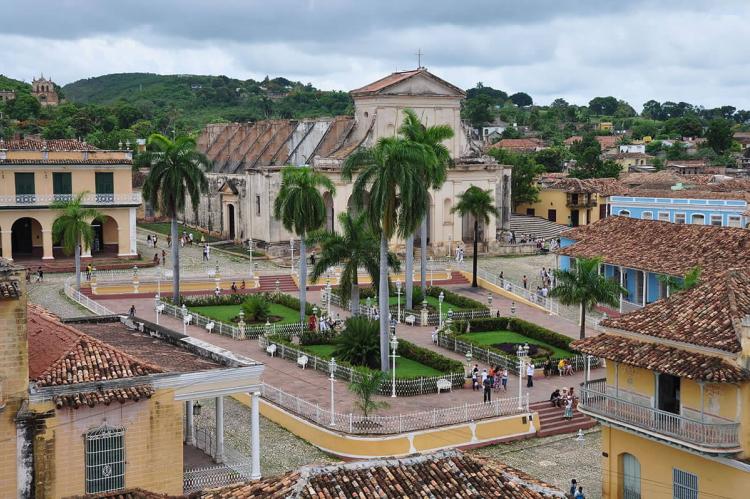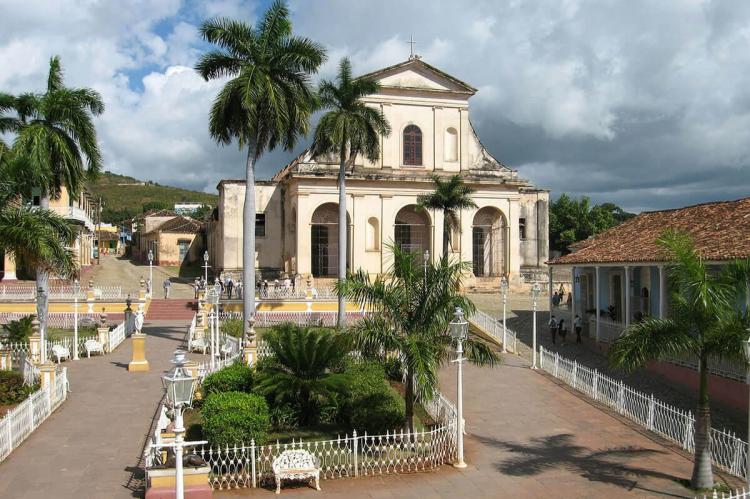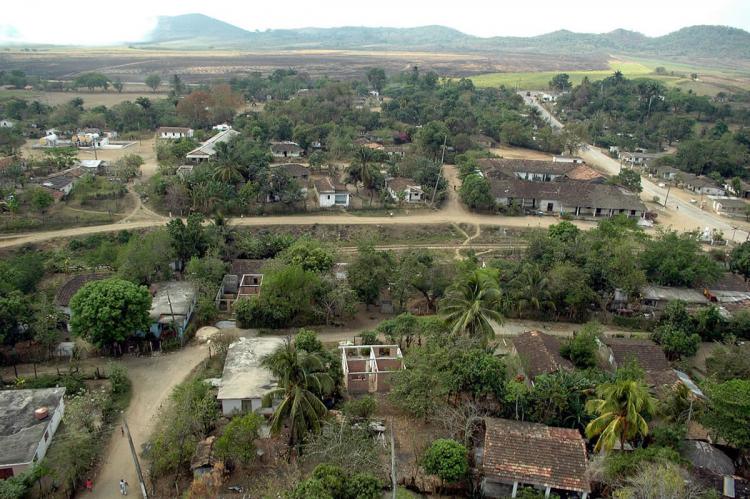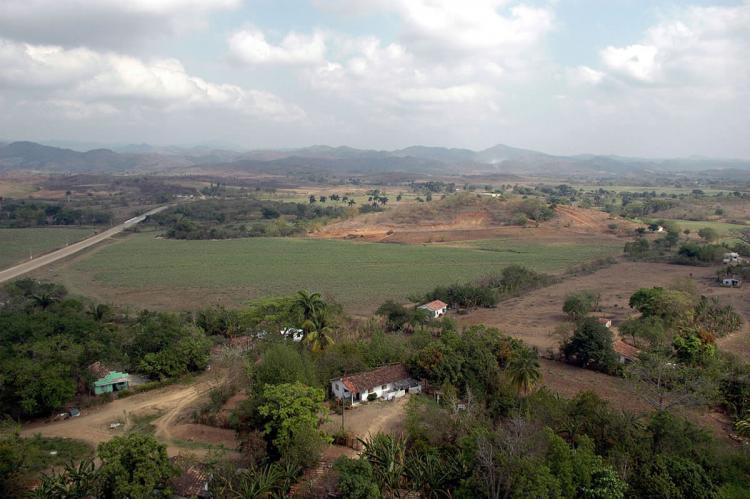Trinidad and the Valley de los Ingenios (Cuba)
Trinidad and the nearby Valle de los Ingenios are located in the central Cuban province of Sancti Spíritus. Founded in the early 16th century, its existence is owed to the sugar industry that flourished there and in the nearby valley from the late 18th century to the late 19th century.
Trinidad and the Valle de los Ingenios
Trinidad was founded in the early 16th century but owed its existence to the sugar industry that flourished there and in the nearby Valle de los Ingenios (Valley of the Sugar Mills) from the late 18th century to the late 19th century.
Today, Trinidad and the Valle de los Ingenios is a World Heritage Site in the central Cuban province of Sancti Spíritus.
Trinidad's prosperity during this period is legible in its buildings, ranging from modest, vernacular structures to elaborate, luxurious edifices. In addition to its architecture, much of Trinidad's urban fabric, including the irregular system of squares and plazas, cobblestone streets and other historical and urban elements, has been preserved.
Trinidad's urban ensemble of domestic buildings has exceptional continuity and homogeneity in construction and design. Nuanced by small- to medium-sized lots, early 18th-century buildings strongly marked by Andalusian and Moorish influences blend harmoniously with more elaborate 19th-century structures that mix European neoclassical forms.
The heart of the 37 ha (91 acre) historic center is Plaza Mayor. The plaza is overlooked by the Convento de San Francisco and two noteworthy edifices: the Palacio Brunet and the neoclassical-style Palacio Cantero, which now houses the municipal history museum.
Three interconnected rural valleys are approximately 12 km (7.5 mi) northeast of Trinidad: San Luis, Santa Rosa and Meyer. The three valleys comprise the 225 sq km (87 sq mi) Valle de los Ingenios.
More than fifty sugar mills were in operation here at the industry's peak in the 19th century, and in 1827 more than 11,000 enslaved people were working in the mills. A gradual decline in Cuba's sugar industry accelerated significantly in the 1990s.
The former plantations, mill buildings, other facilities, and archaeological sites in the Valle de los Ingenios represent the richest and best-preserved testimony of the Caribbean sugar agro-industrial process of the 18th and 19th centuries and the slavery phenomenon associated with it.
The Valle de los Ingenios is a remarkable testimony to the development of the sugar industry. A living museum of Cuban sugar production, it includes the sites of 75 former cane sugar mills, plantation houses, barracks and other facilities related to this vulnerable industry, which has witnessed a gradual and progressive decline.
{"preview_thumbnail":"/sites/default/files/styles/video_embed_wysiwyg_preview/public/video_thumbnails/191971888.jpg?itok=Jo0w_rWf","video_url":"https://vimeo.com/191971888","settings":{"responsive":1,"width":"854","height":"480","autoplay":0},"settings_summary":["Embedded Video (Responsive)."]}





